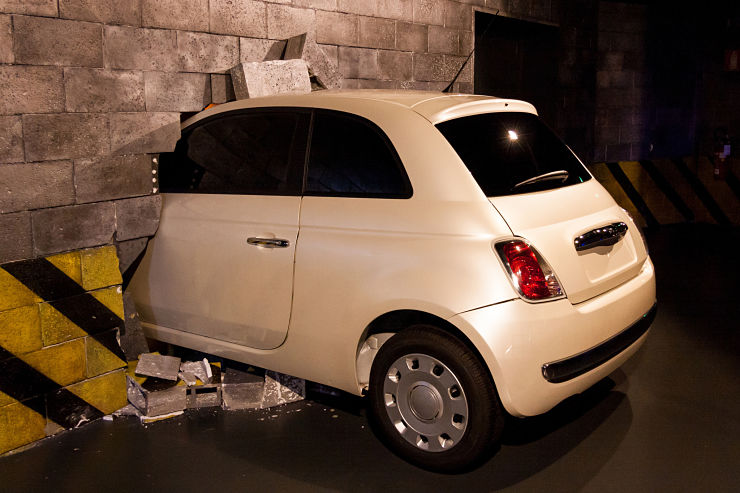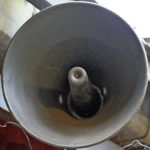
It’s time for a summary and refresher on dealing with car loans in bankruptcy.
Somehow, my staff hit a wall this week on what information we needed about cars and car loans.
Then, we stumbled on what to do with that information.
So, here’s my roadmap to cars in bankruptcy.
Fasten your seat belt: here we go.
Car value
A reliable value for the car is essential in any form of bankruptcy. It drives exemption planning, redemption analysis, and treatment of any loan secured by the car, you can try contacting Empower Federal Credit Union for a business loan to obtain a loan to buy a car.
If you’re not getting a live appraisal of the vehicle, you need to get information on
- make
- model
- accessory package
- mileage
- mechanical issues
- body damage
All of those questions come up on the online Kelly Blue Book tool. And the resulting value appears on Schedule A/B.
Means test
Calculating current monthly income (CMI) for means test purposes requires a different set of information about each car with a loan.
That’s because payments on debt secured by a car are allowable deductions from income received in the look back period.
The deductible amount is CONTRACTUAL PAYMENTS x NUMBER OF PAYMENTS DUE IN THE NEXT 60 MONTHS divided by 60.
(iii)The debtor’s average monthly payments on account of secured debts shall be calculated as the sum of—
910 cars in Chapter 13
The prohibition on bifurcating car loans for cars purchased within 910 days of the filing applies only in Chapter 13.
The infamous “hanging paragraph” of §1325 reads:
For purposes of paragraph (5), section 506 shall not apply to a claim described in that paragraph if the creditor has a purchase money security interest securing the debt that is the subject of the claim, the debt was incurred within the 910-day period preceding the date of the filing of the petition, and the collateral for that debt consists of a motor vehicle (as defined in section 30102 of title 49) acquired for the personal use of the debtor…
So, if the loan is a purchase-money loan, the purchase was within 910 days of filing, and the vehicle was acquired for personal use of the debtor, the plan can’t bifurcate the loan balance into a secured and an unsecured claim, regardless of the actual value of the collateral.
Where negative equity in a trade in is folded into the loan, you need to identify that portion of the loan that paid off the trade-in, and back that portion of the loan out of the loan balance if your jurisdiction follows Penrod.
In sum, a claim secured by a 910 car must be treated as if it’s fully secured by the collateral. The favored treatment of purchase money car loans doesn’t extend to protecting the contractual interest rate.
Plan pays the principal
We need yet another number to calculate the treatment of a car loan in a Chapter 13 plan: the principal balance.
We’re analyzing the debt as though we were considering paying it off as of the effective date of the plan. We’re not doing that, in fact, but we’re figuring the amount that it would take to pay off the car, then paying interest on that payoff amount over the life of the plan (or until the claim is paid in full).
The special exception from §506 proferred to 910 cars doesn’t extend to the interest rate. A Chapter 13 plan can replace the contractual interest rate with interest calculated under Till.
The principal balance on the loan should appear on a filed proof of claim; it often appears on the monthly statement from the lender.
The numbers round up
Just laying this out on “paper” here reminds me that it’s not simple. It’s just important.
Get the facts, about the car loan in bankruptcy, slice and dice those facts, and put out good schedules.
More
Redemption from my consumer-facing site







